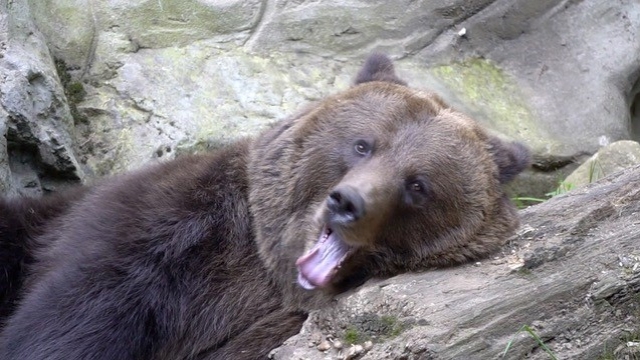
A Wilder View: The Unique Sleeping Habits Of Animals
Newsy
In this week’s edition of A Wilder View we explore the unique ways animals sleep.
Adapting to just get a few hours of sleep is cool, but get this, some animals shut down half of their brain to sleep. This is called unihemispheric slow wave sleep, a deep state of sleep in which rapid eye movement or REM sleep does not occur. Birds sleep unihemispherically, with one side of the brain asleep while the other stays awake and alert. While they sleep the eye associated with the half of the brain that is sleeping is closed. A birds' ability to shut down half of its brain for sleep is for protection from predators. Mallard ducks can be seen sleeping in a row. When this occurs the ducks at the end will be sleeping by shutting down half their brain, with their outward eye remaining open, while ducks in the middle sleep with both eyes closed. This type of sleep also allows migratory birds to make their long flights. They actually can sleep while gliding.
And if you take a dip underwater, you'll find that fish sleep too. Although it's more so considered resting than anything. They actually can't even close their eyes because they do not have eyelids. When they rest they slow their movements while still alert enough to protect themselves from threats.
Human disturbance can affect all of these strategies. Slumber may not be as easy when faced with factors like light or noise pollution. All the while limited resources from habitat loss may result in changing sleeping patterns.
